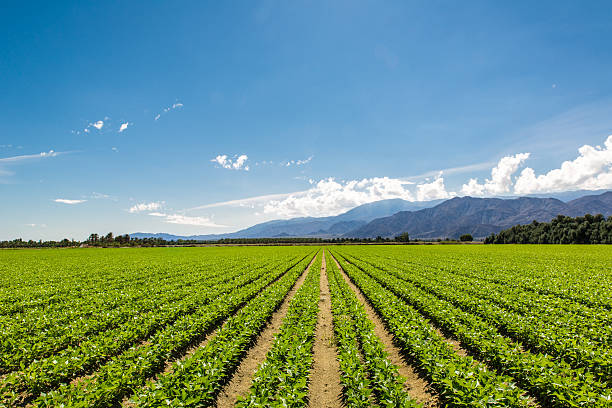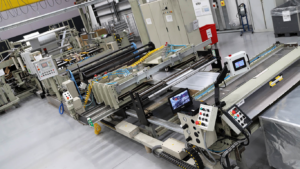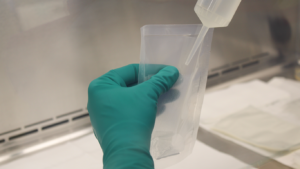Farming automation is on the rise, with some incredible technological developments in recent times. It is easy to see why farming automation is being embraced by those in the agricultural industry, as automating can speed processes up, increase efficiency, allow for 24/7 operations, reduce costs, eliminate human error, and create more time and energy to focus on other areas. Any farming operation that is not fully or semi-automating tasks in 2024 is falling behind the competition, so it is vital that you know what tasks can be automated. This post will look at a few of the main areas of farming that can be automated right now.
Crop Monitoring
Crop monitoring is one of the most important farming practices, but also one that is challenging without the use of tech. These days, crop monitoring can be automated with the use of systems that can analyze data and improve decision-making. Additionally, drones can be used to monitor crops and livestock and provide data on soil conditions, diseases, and crop health.
Planting & Seeding
Planting and seeding is another critical task yet one that historically has required significant manual labor. This is no longer the case, as automated seeders and planting machines can be used to sow seeds at scale and at predetermined intervals, which allows for accurate spacing. This allows farmers to plant and seed quickly, efficiently, and with precision.
Weeding
Weeds are a farmer’s worst enemy, but the process of weeding is made much easier with laser weeding. Laser weed control can help a farmer to keep their farm healthy by using a laser to kill weeds. Using a blue laser for weed control is an effective solution and a better alternative to chemicals or a CO2 laser for weed control. This is an area of farm automation that all farmers can benefit from and another example of how precision agriculture can increase efficiency while reducing costs. In addition to this, blue laser weeding is also a sustainable solution, which is important in agriculture in 2024.
Harvesting
When the time comes for harvesting, this is now a task that can be automated to reduce labor costs, free up time and energy, and ensure consistent quality. Harvesting robots can pick a wide range of crops, inching fruit and vegetables, with vision systems and robotic arms for consistency.
Irrigation
It is vital that crops receive the right level of water, but it is also important to conserve water and reduce environmental impact. Automated irrigation systems are an excellent solution that allows farmers to provide the optimal amount of water to improve crop yield while preventing waste. Precision watering can automate the watering process to increase operational efficiency.
These are a few of the main areas of farming that can be automated in 2024. It is important that farmers do not fall behind the times, particularly when automation can benefit the operation in so many ways. In addition to increasing efficiency and creating more time and energy for other tasks, automation can often help to improve crop yield and quality.




